
eCommerce
How to Design Your Shopify Clothing Website for Maximum Impact?
"You never get a second chance to make a first impression", as the saying goes–and this couldn’t be more true...
Shopify SEO: Best Practices for Your Clothing Store
Editor's Picks
+1

Boosting your fashion store’s presence in search engines doesn’t need to be difficult.
By using a few effective methods, you can make your Shopify store noticeable and attract customers who are interested in the products you offer. SEO involves creating a user-friendly website and providing content that matches what people are looking for.
This guide will cover everything from technical adjustments to creative content ideas, helping you create a solid SEO base for long-term success.
Check out: How to use ChatGPT for SEO
SEO means Search Engine Optimization. It helps your website appear higher in Google or other search results, so more people can see it.
This is done by using the right words (keywords) and making the site easy for search engines to read. The aim is to attract more visitors without spending money on ads.
When people search online, they usually don’t look past the first page of results. If your Shopify store isn’t near the top, you’re losing out on many possible customers.
Shopify SEO makes sure search engines understand your clothing store and its products, so it’s easier for shoppers to find you. Whether it’s making your product pages more visible or bringing more people to your blog, SEO is like putting up a clear inviting sign on the internet.
For Shopify sellers, SEO is especially important because online shopping is very competitive. Clothing stores that focus on SEO not only get more visitors but also have a lasting advantage over their competitors.
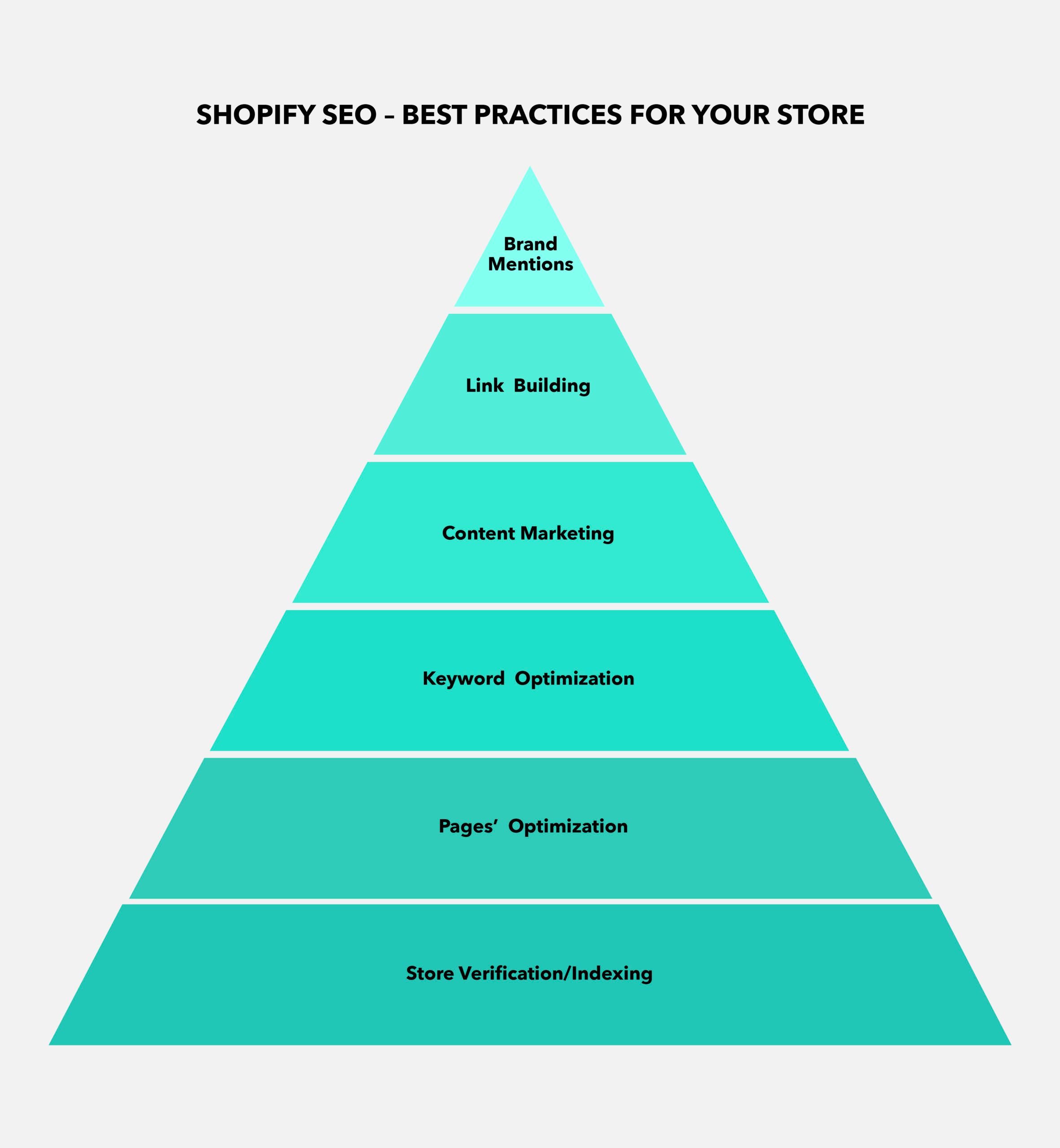
On-page SEO is all about making your web pages as good as possible for both search engines and visitors.
It involves things like creating clear titles, using the right keywords in your content, having easy-to-understand URLs, and making sure your pages load quickly. In more simple words, it’s about making sure your content is easy for both people and search engines to find and understand.
Headings help visitors and search engines grasp your page’s structure. Use one main heading (H1) for the title and smaller headings (H2 and H3) to organize the content logically. For example, a landing page could look like this:
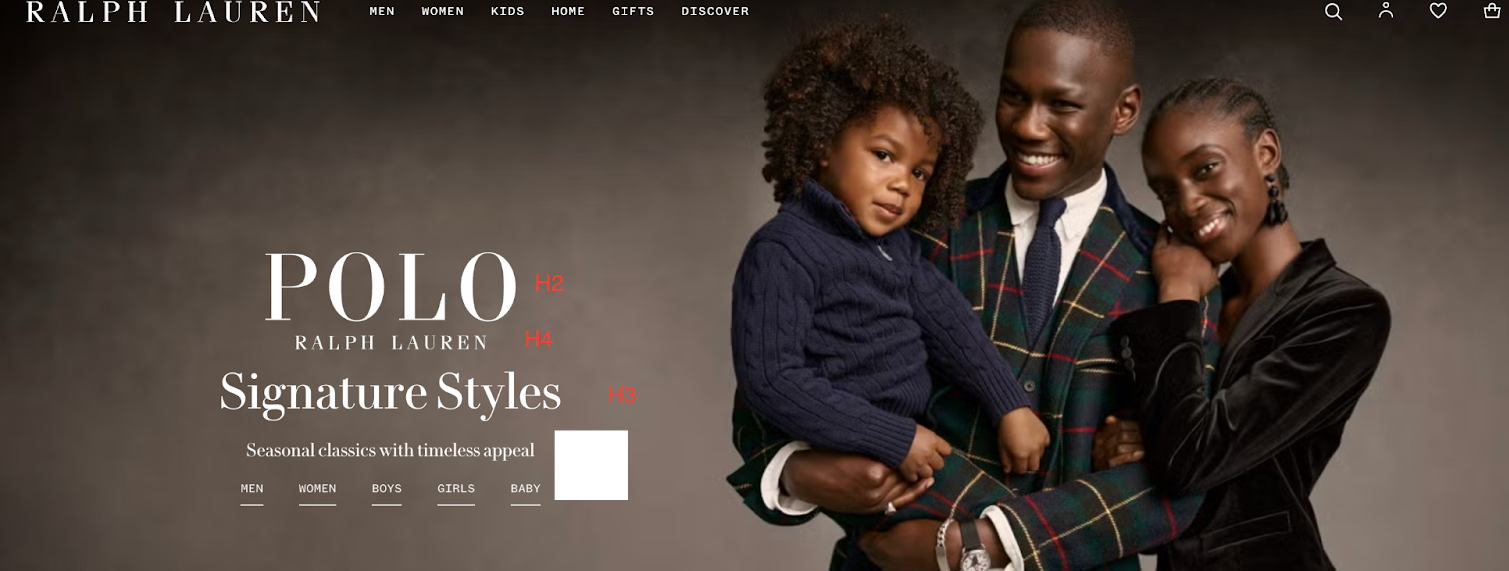
Internal links help visitors find more content on your website. They also help search engines understand the layout of your fashion store.
For example, look at how Urban Outfitters created an article about the season’s best shoes and included links to their product pages throughout the content.

Keywords help search engines connect your content to what people are looking for. Use them naturally in your product descriptions, blog posts, and page titles. Don’t use too many keywords, as it can make your content feel forced and hard to read.
Check out: Best keyword tools
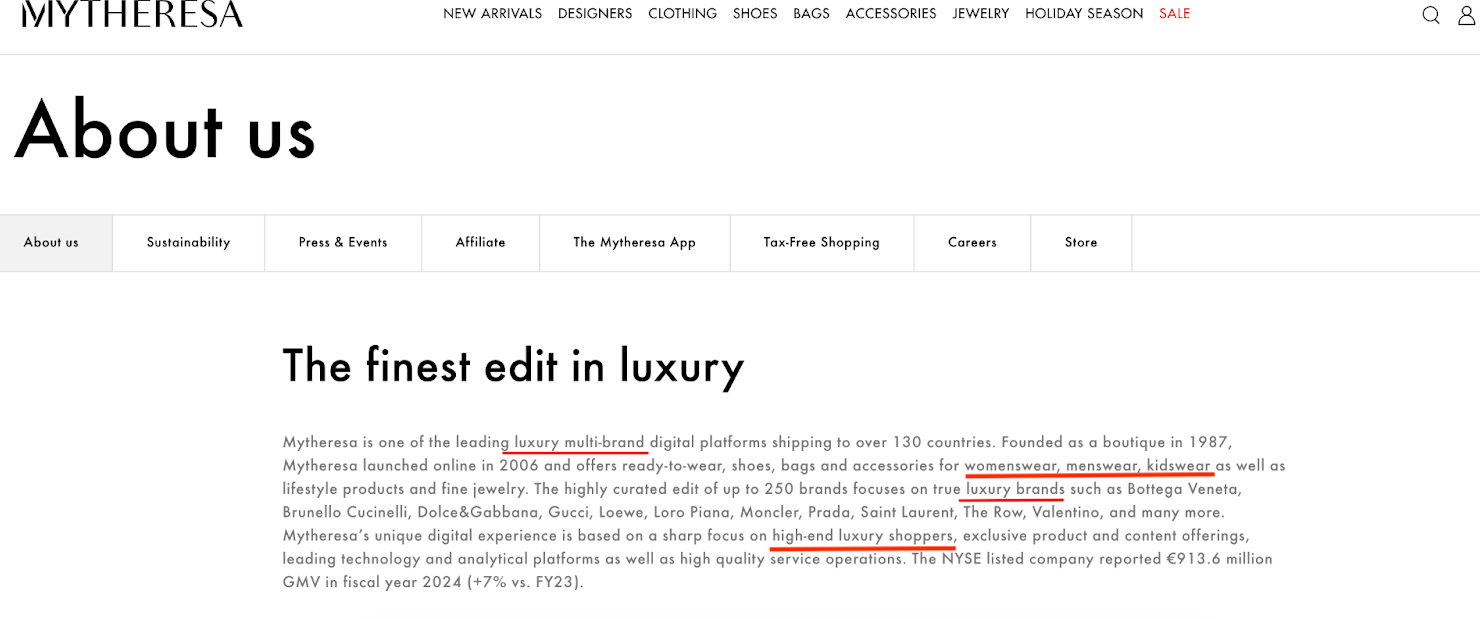
A good title tag is very important for fashion stores on Shopify because it helps both search engines and customers know what your page is about.
Use words that describe your items to bring in the right people. Make it short and interesting to get more clicks, and make sure each page has its title to avoid mix-ups in search results.
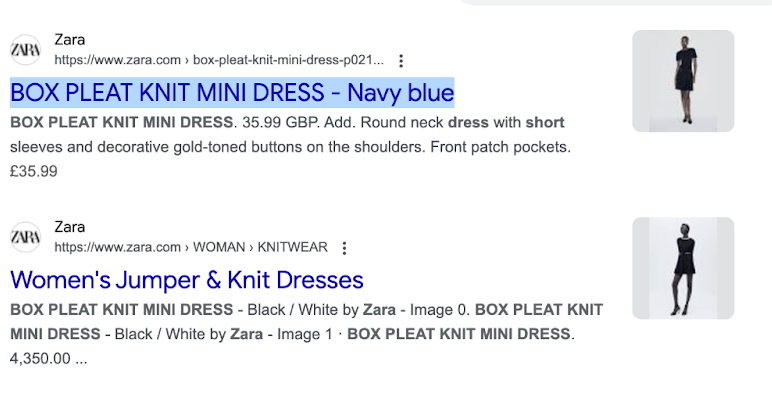
Meta descriptions show up under the page title in search results. They give a summary of what your page is about. Write clear, interesting descriptions that include a keyword and encourage people to click.
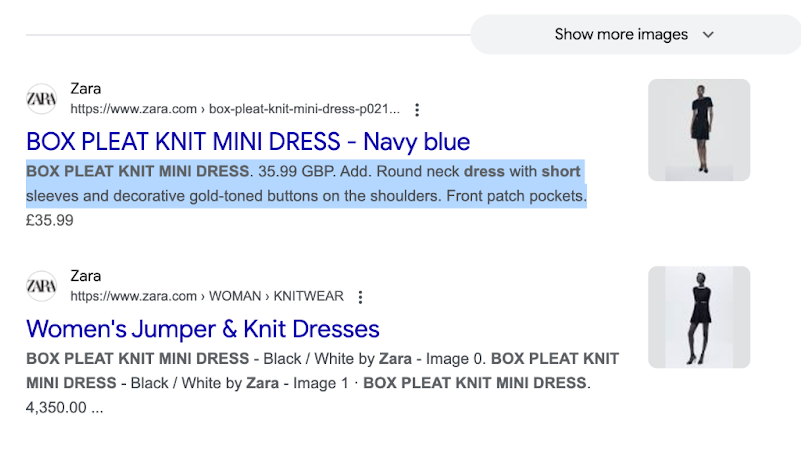
To write good content for your fashion store on Shopify, you need to create product descriptions, blog posts, and category pages that are both interesting and full of useful content.
Focus on showing the style, quality, and special features of your clothes while using important SEO keywords you wish to rank for in search engines in a natural way. Well-written content helps your fashion store rank better and keeps customers on your site longer, which can lead to more sales and trust in your brand.
Here are a few examples of how brands use content on their website to engage customers:
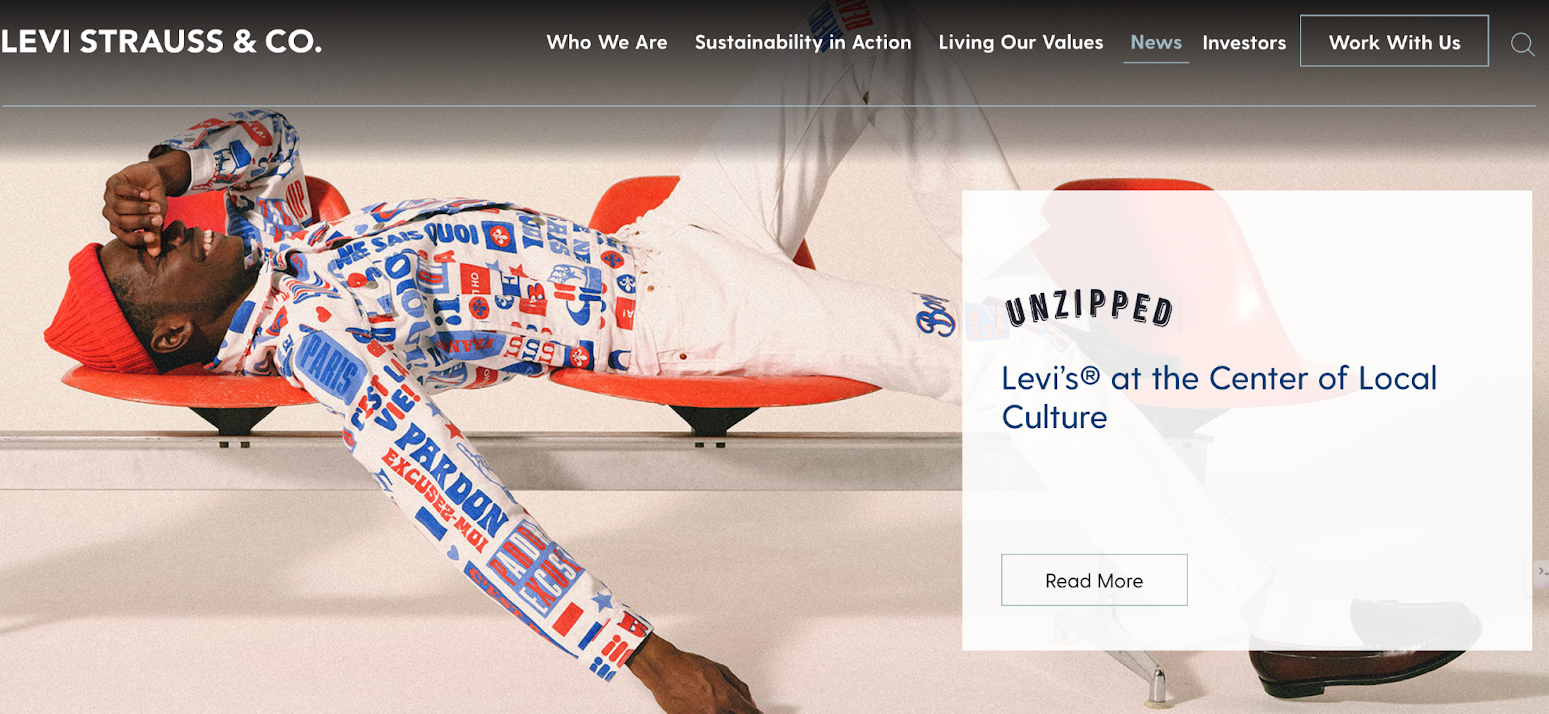
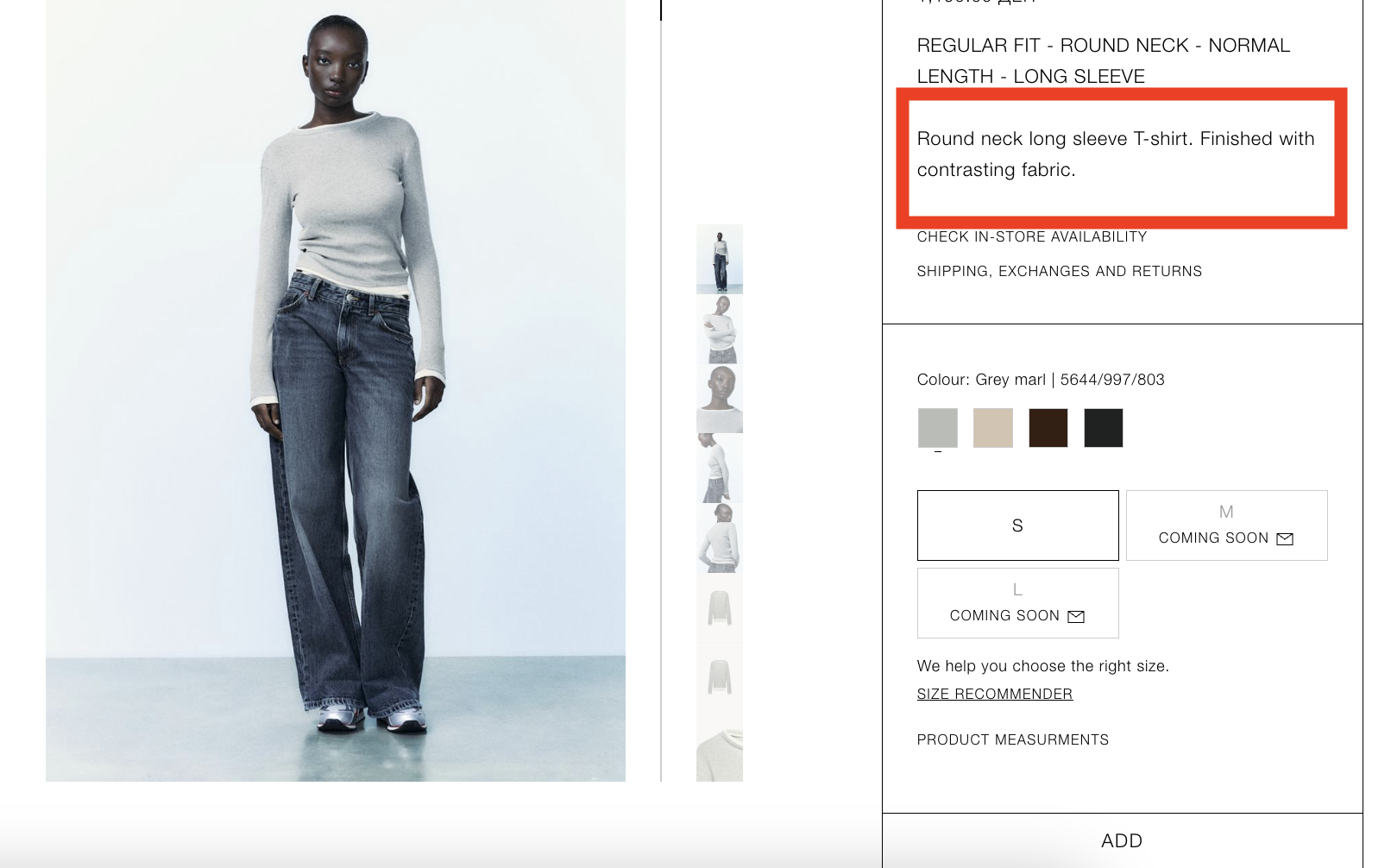
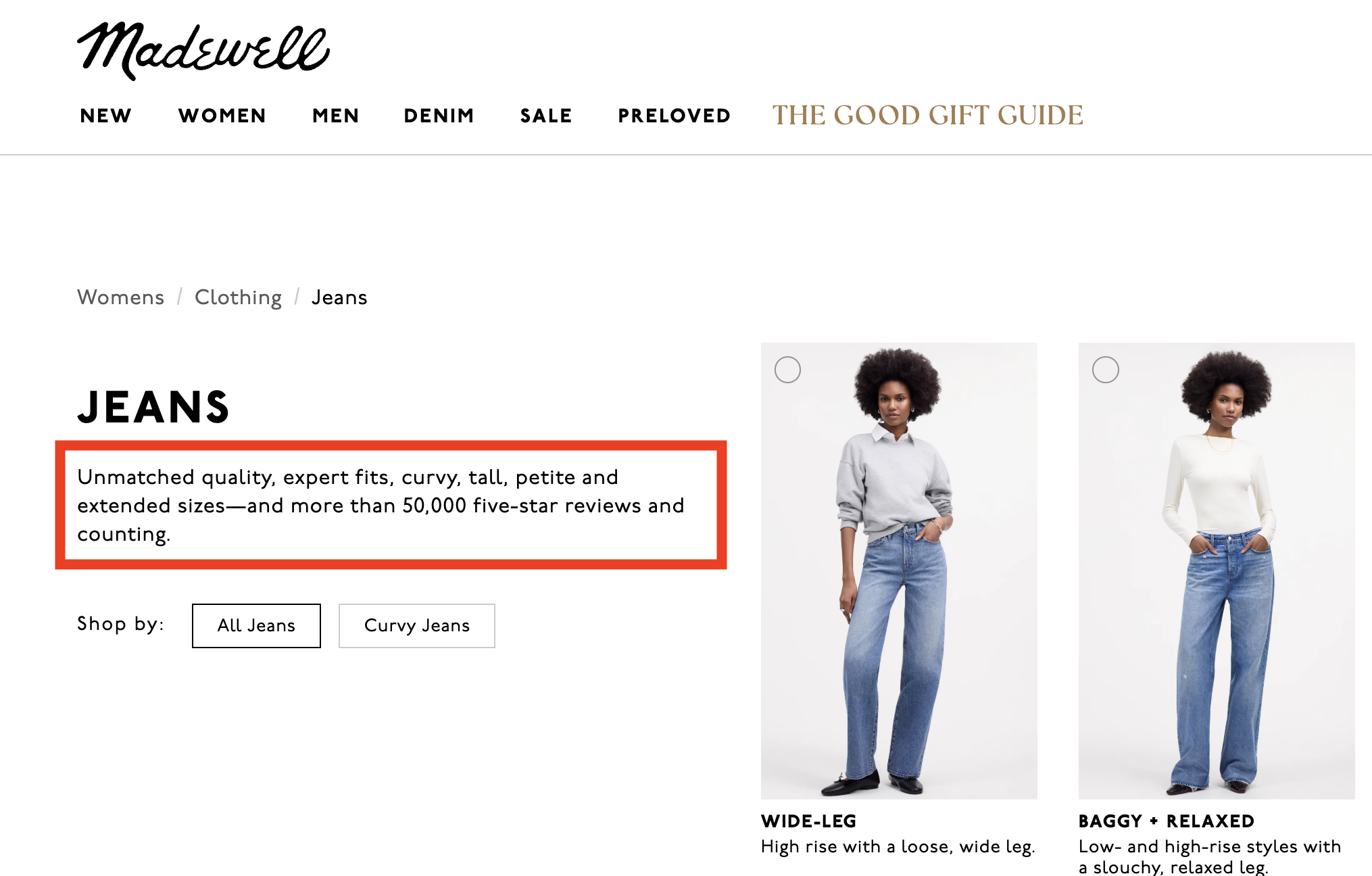
Off-page SEO for Shopify refers to all the efforts made outside your clothing store, like getting backlinks, social media promotion, and reviews, to improve your site’s ranking and authority on search engines.
Backlinks from reputable sites tell search engines that your store is trustworthy. You can get these links by:
It is important to note, however, that links from low-authority sources can harm your SEO strategy. Therefore, it is necessary to avoid link building from spammy websites or PBNs (Private Blog Networks), as this can damage your website’s reputation and rankings.
You need to identify the appropriate link-building opportunities for your store and products and develop an effective strategy with the help of the best link building tools available.
Social media platforms are great for attracting visitors and promoting your clothing store. Share your newest products, behind-the-scenes news, and helpful information to connect with your audience. The more your posts are shared, the more people will see your store.
Teaming up with influencers can help you make your brand more known. Find influencers who have followers that match your target customers. When they recommend your brand it can help customers trust you more and buy your products.
Having customers interact with your website shows that it’s active and important. Ask for reviews comments and shares on social media. You could also make a special hashtag for your clothing store and ask customers to use it when they post about their purchases. Share interactive posts on your social media profile to boost traffic.

Technical SEO is the process of making sure your website is set up in a way that helps search engines find, understand, and rank it better. It involves improving things like how fast your site loads, how well it works on mobile, and making it easy for search engines to access your content.
In the sections that follow, we’ll look deeper into key aspects of technical SEO.
Slow pages push visitors away, especially during online shopping. Faster pages make your clothing store more attractive and boost search rankings. To speed up your site:
A quicker site makes browsing pleasant, which can raise the chances of converting visitors into customers.
For example, Google PageSpeed Insights analyzes your site’s speed and gives recommendations to make it faster, improving user experience and search rankings.
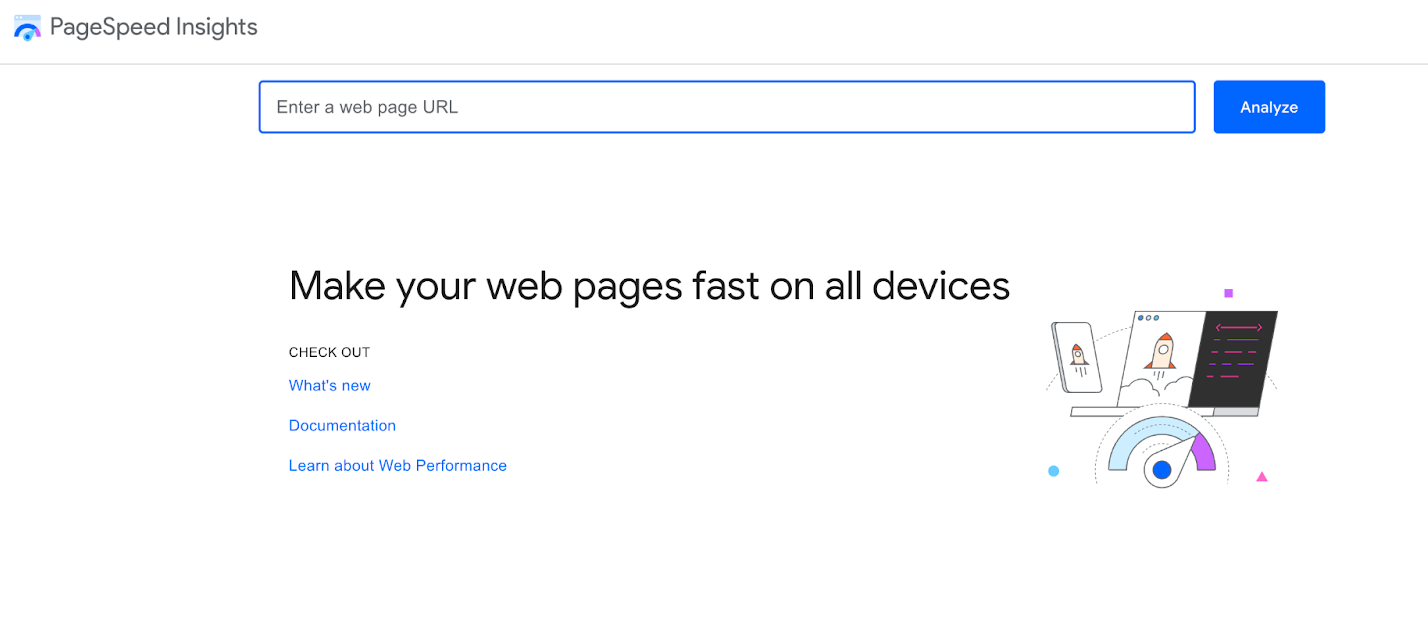
Many people shop online using their phones. Your website should look good and work well on smaller screens. Make sure:
Shopify themes usually take care of this, but regularly checking your site ensures it looks and works great for your customers.
A clear and easy-to-understand URL structure helps both search engines and customers. Look at these examples:
The second example is simpler, easier to read, and includes words that help with search rankings. Make sure all your URLs are clear and well-organized.

Using an SSL certificate is crucial for keeping your online fashion store safe and making customers feel secure.
SSL encrypts the information sent between your website and visitors, protecting payment and personal details. It also shows a padlock icon in the browser, telling customers your site is secure. Plus, having SSL helps your clothing store rank better in search engines, which is good for business.
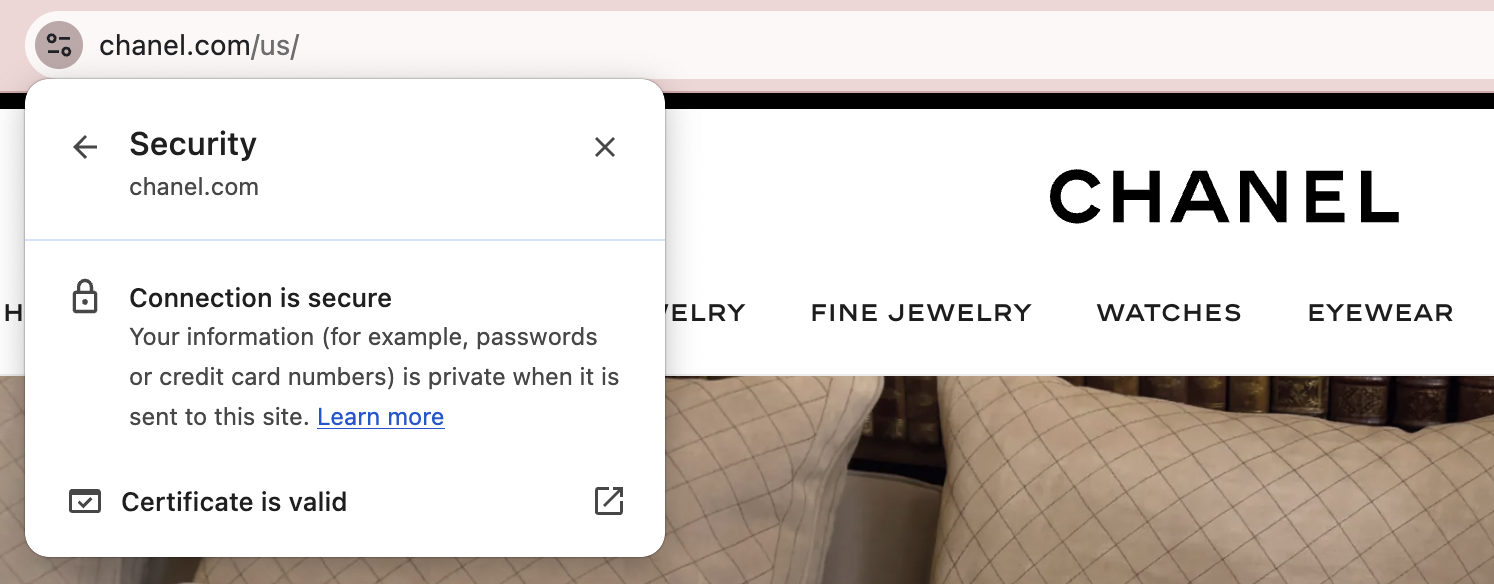
Indexing and crawling are methods used by search engines to scan your website and save its information for displaying in search results.
By letting search engines explore your site and providing a sitemap, you make sure your pages and winning products can be found by potential customers. This increases your online presence and brings more visitors to your site.
Broken links and error pages make visitors unhappy. They also harm your website’s ranking.
Fixing these problems makes your site more dependable and boosts customer happiness.
To ensure Google can properly index and crawl your website, it’s necessary to submit your sitemap through Google Search Console. This helps Google find and understand all the pages on your site, improving visibility and search rankings.
| Tool | Price |
|---|---|
| Matrixify | $20/month |
| Hyperspeed | $39/month |
| Google Search Console | Free |
| Google Analytics | Free |
| Google Keyword Planner | Free |
| Ahrefs | $99/month |
| Yoast SEO | $19/month |
| Screaming Frog SEO Spider | Free for small sites, premium from £149/year |
| Magical XML/HTML Sitemap | $3/month |
Matrifixy simplifies data import and export for your Shopify store. It’s a great tool for bulk editing product information, optimizing SEO metadata, and maintaining an organized store.
Price: 20$/month
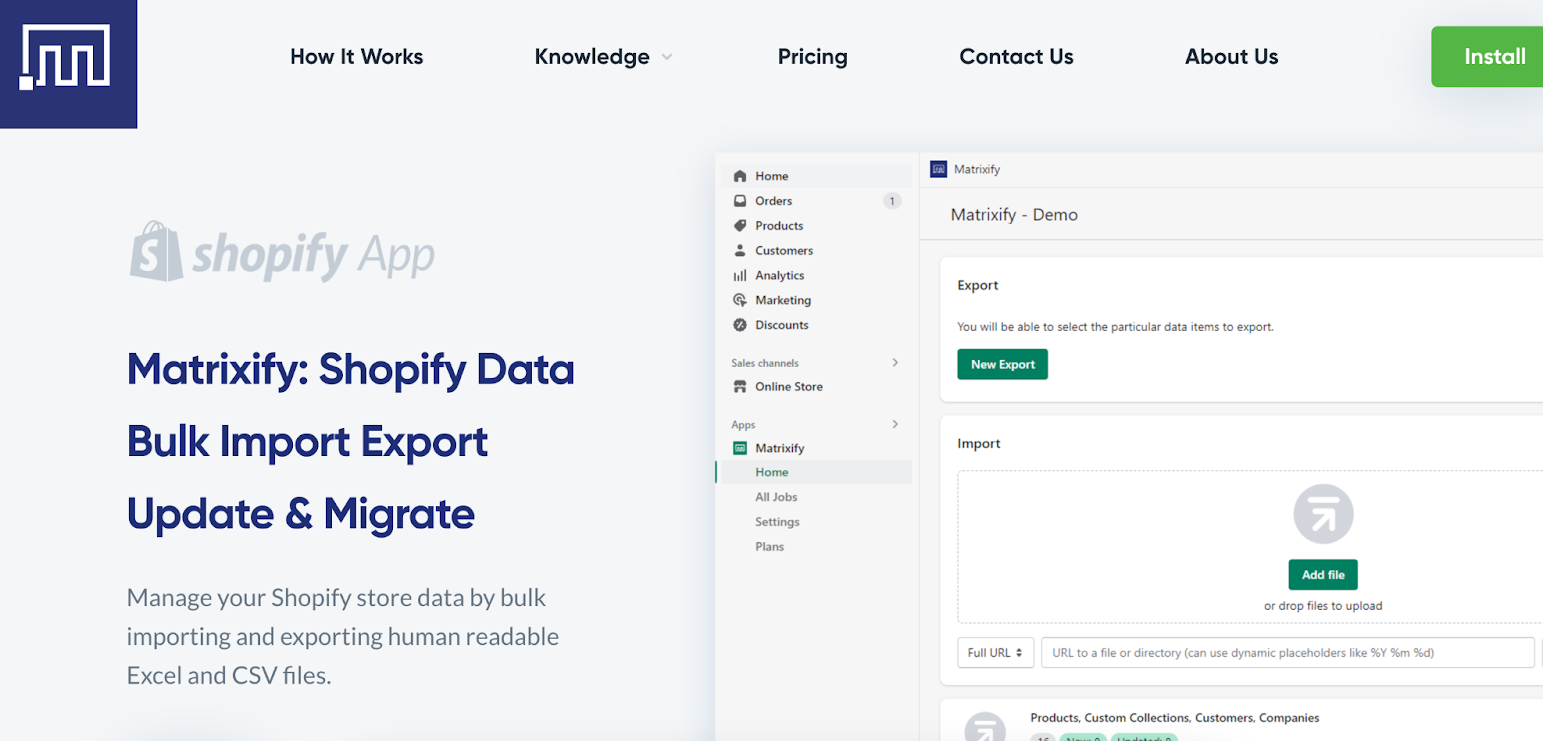
Hyperspeed focuses on improving your Shopify store’s loading speed, which is critical for both SEO and user experience. It optimizes scripts, images, and overall performance, leading to faster page loads.
Price: $39/month
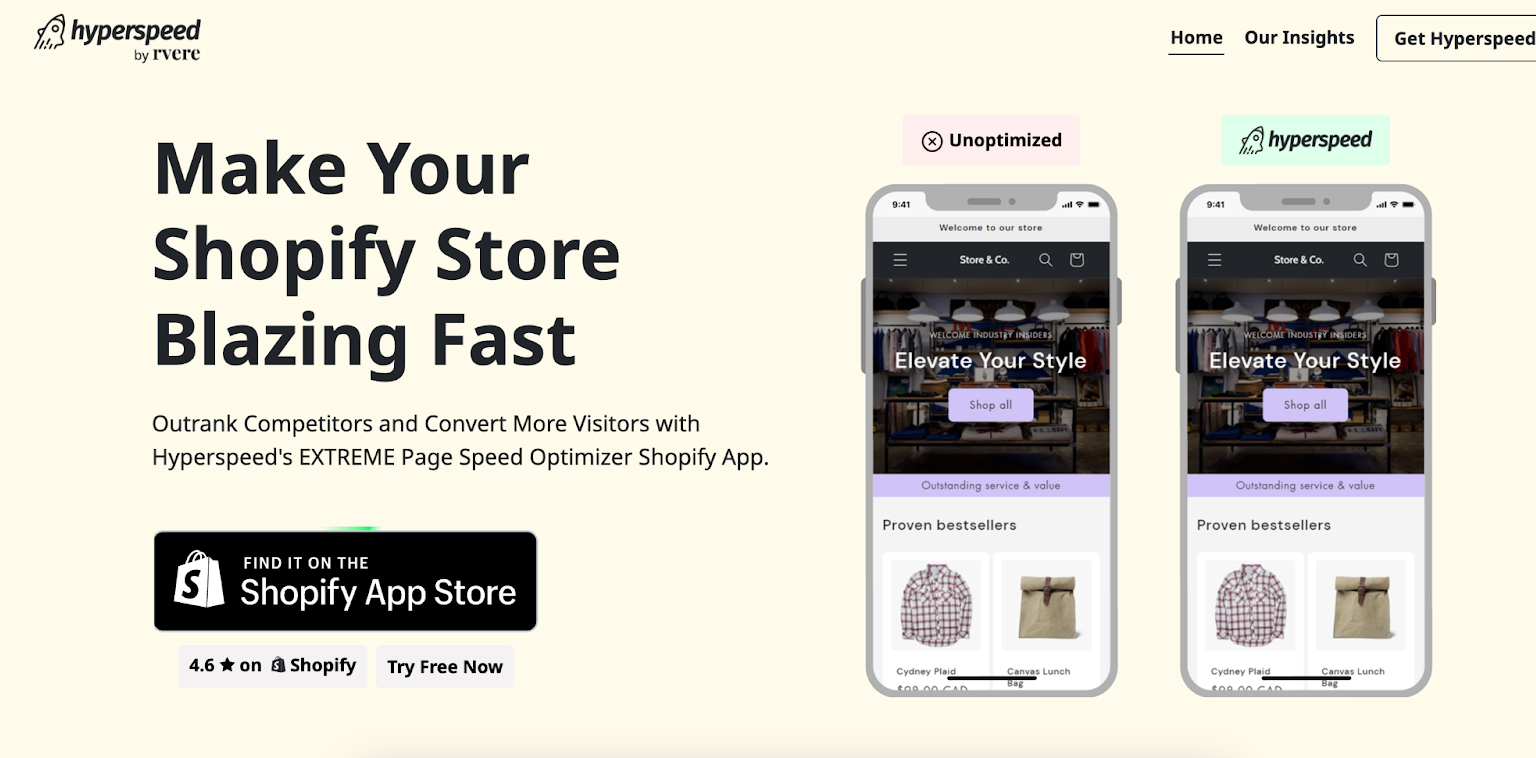
Google Search Console provides insights into how your store appears in Google’s search results. You can track your site’s performance, identify crawling issues, and monitor your keywords.
Price: free
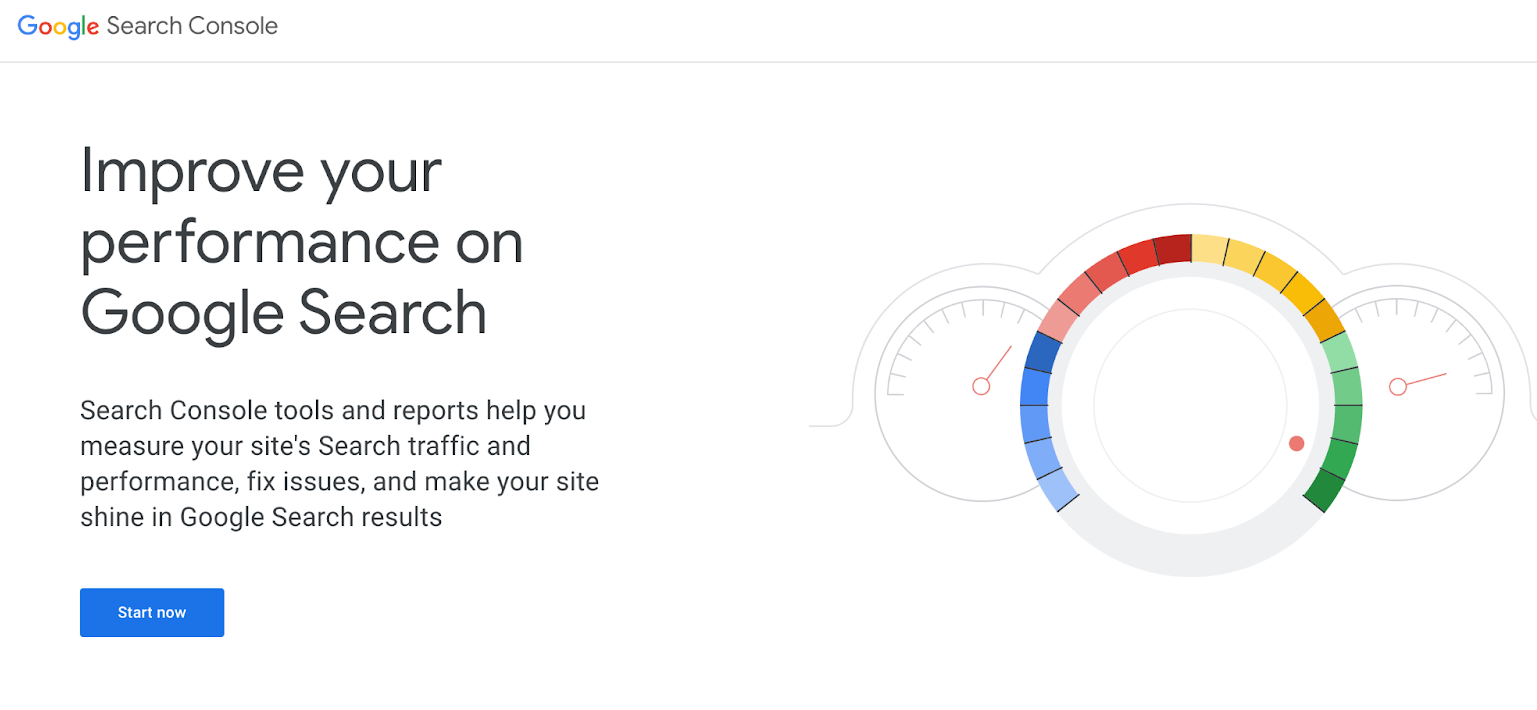
Google Analytics helps you understand visitor behavior, traffic sources, and conversion rates. This information is invaluable for optimizing your Shopify SEO strategy and tailoring content to your audience.
Price: free

Google Keyword Planner is a tool that can help you find relevant keywords and understand their search volumes. It’s ideal for discovering terms your target audience is searching for and integrating them into your Shopify store’s content.
Price: free
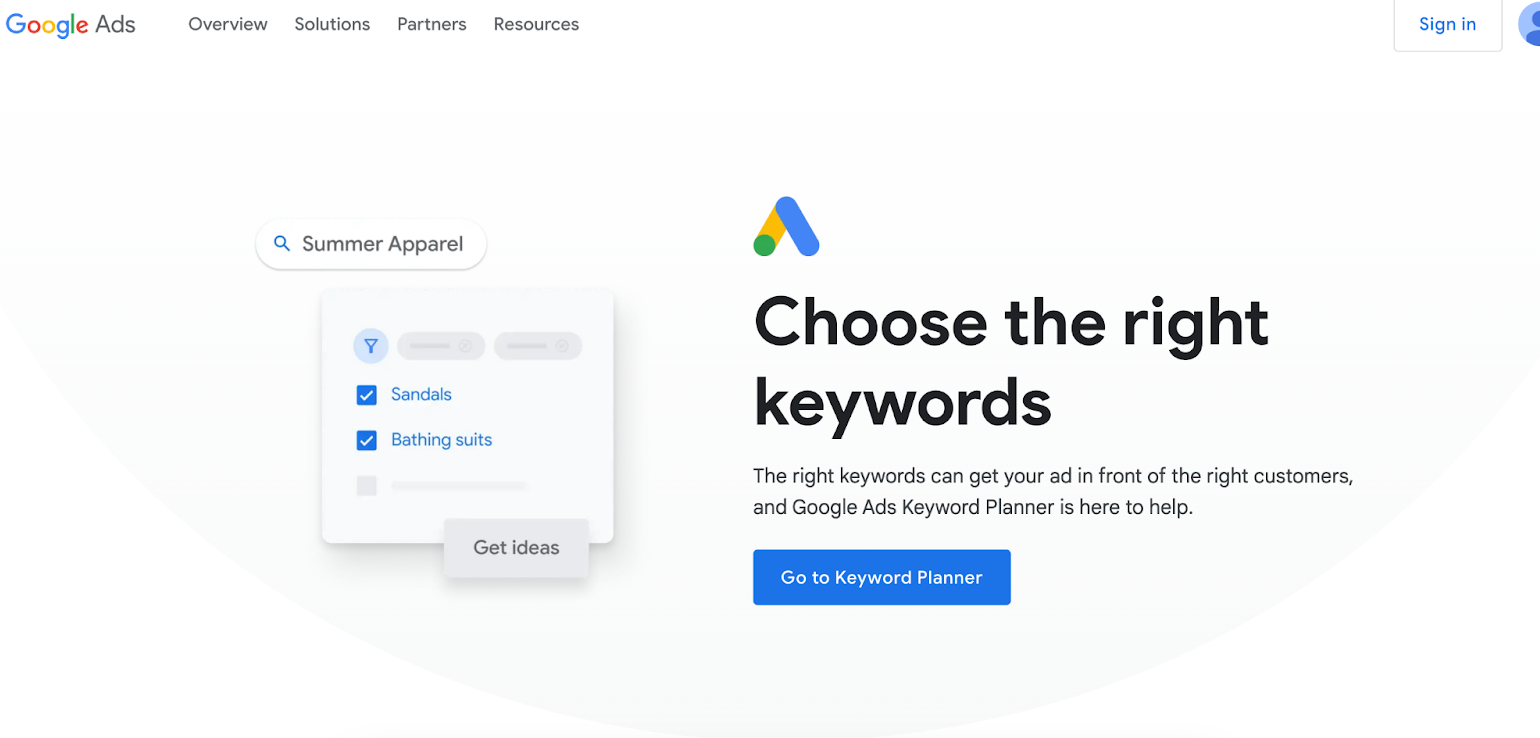
Ahrefs is a premium SEO tool that offers in-depth keyword research, backlink analysis, and competitor insights. It’s particularly helpful for improving off-page SEO and identifying content gaps.
Price: $99/month
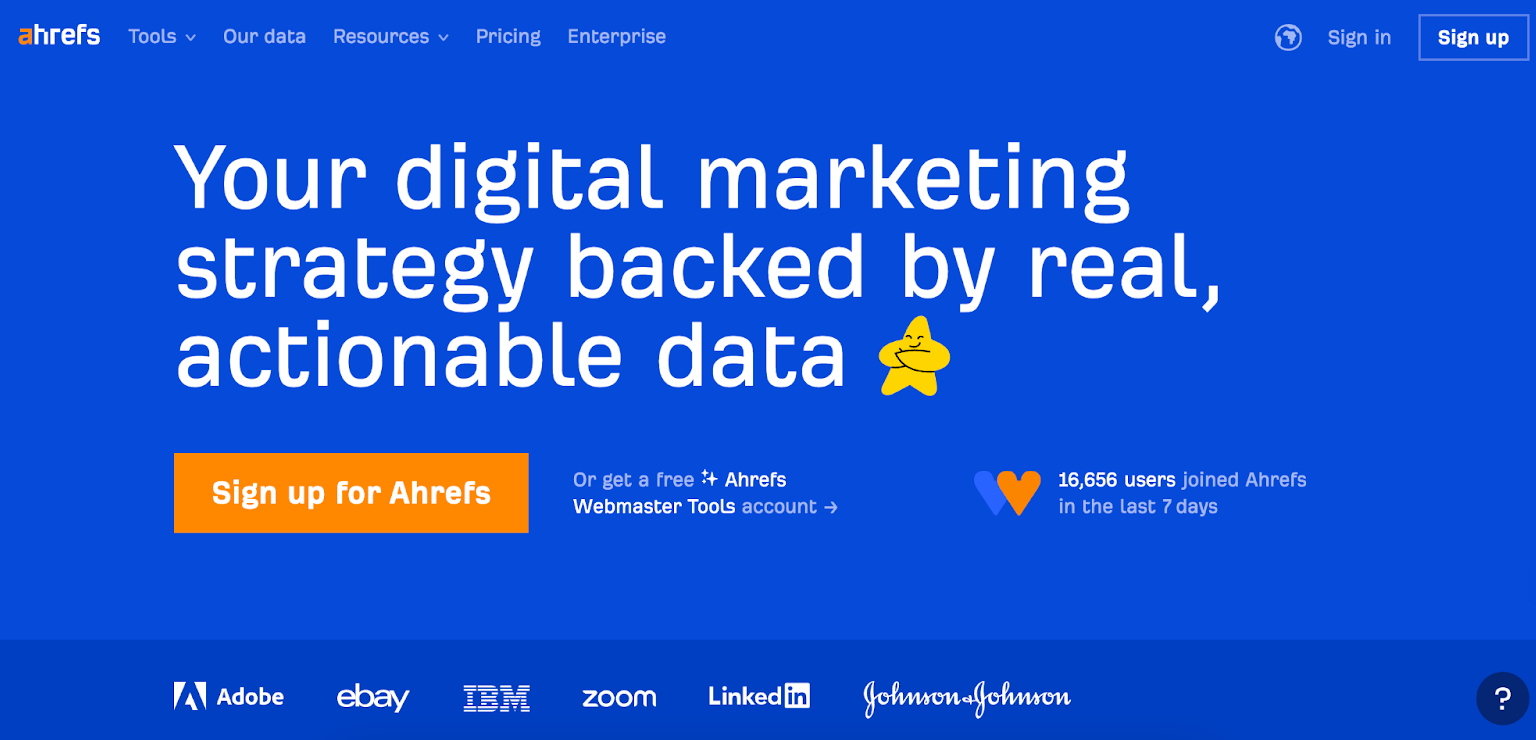
Yoast SEO is a popular app that simplifies on-page optimization. It helps you create SEO-friendly titles, meta descriptions, and readable content for better rankings.
Price: $19/month
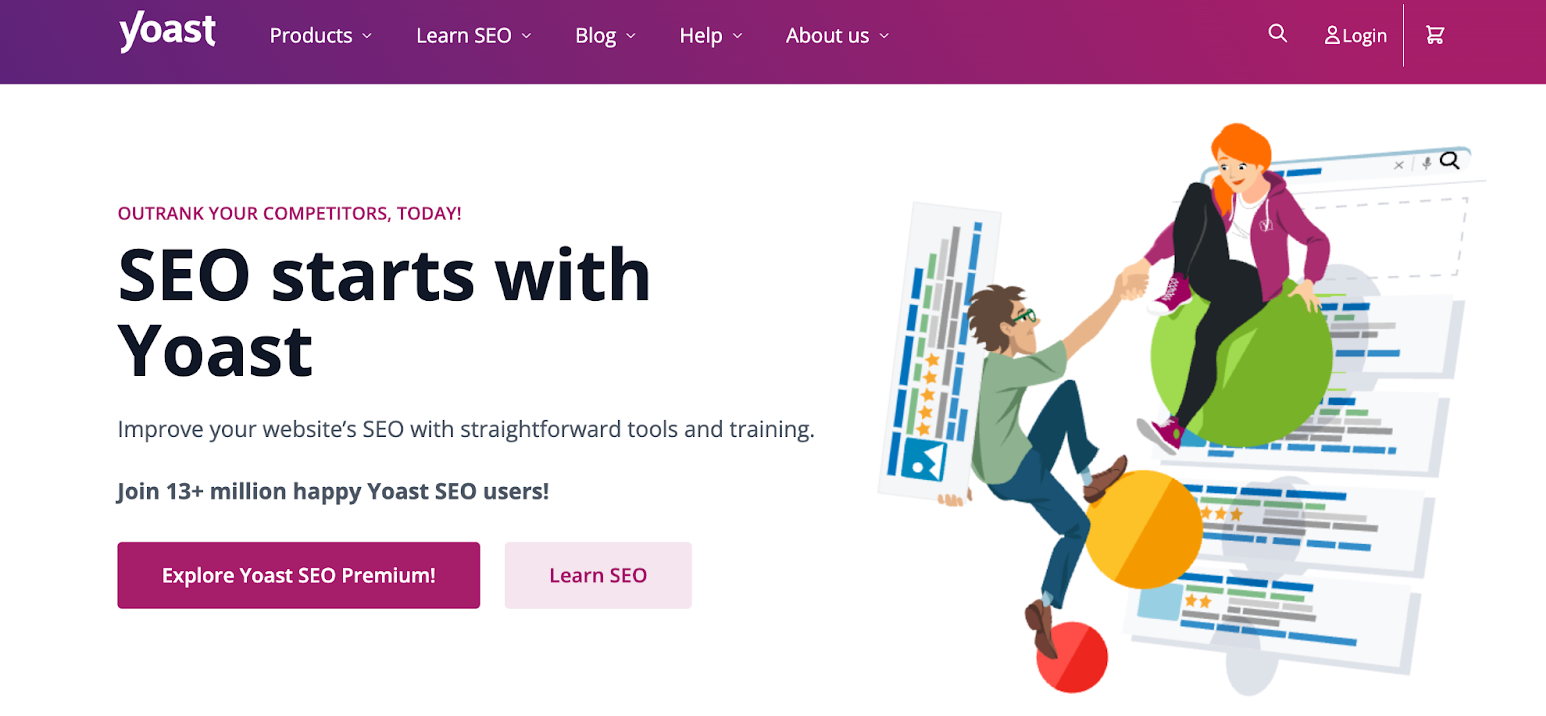
Screaming Frog is a desktop application that crawls your Shopify site to identify SEO issues like broken links, missing meta tags, and duplicate content.
Price: Free for small sites, with premium plans starting at £149/year
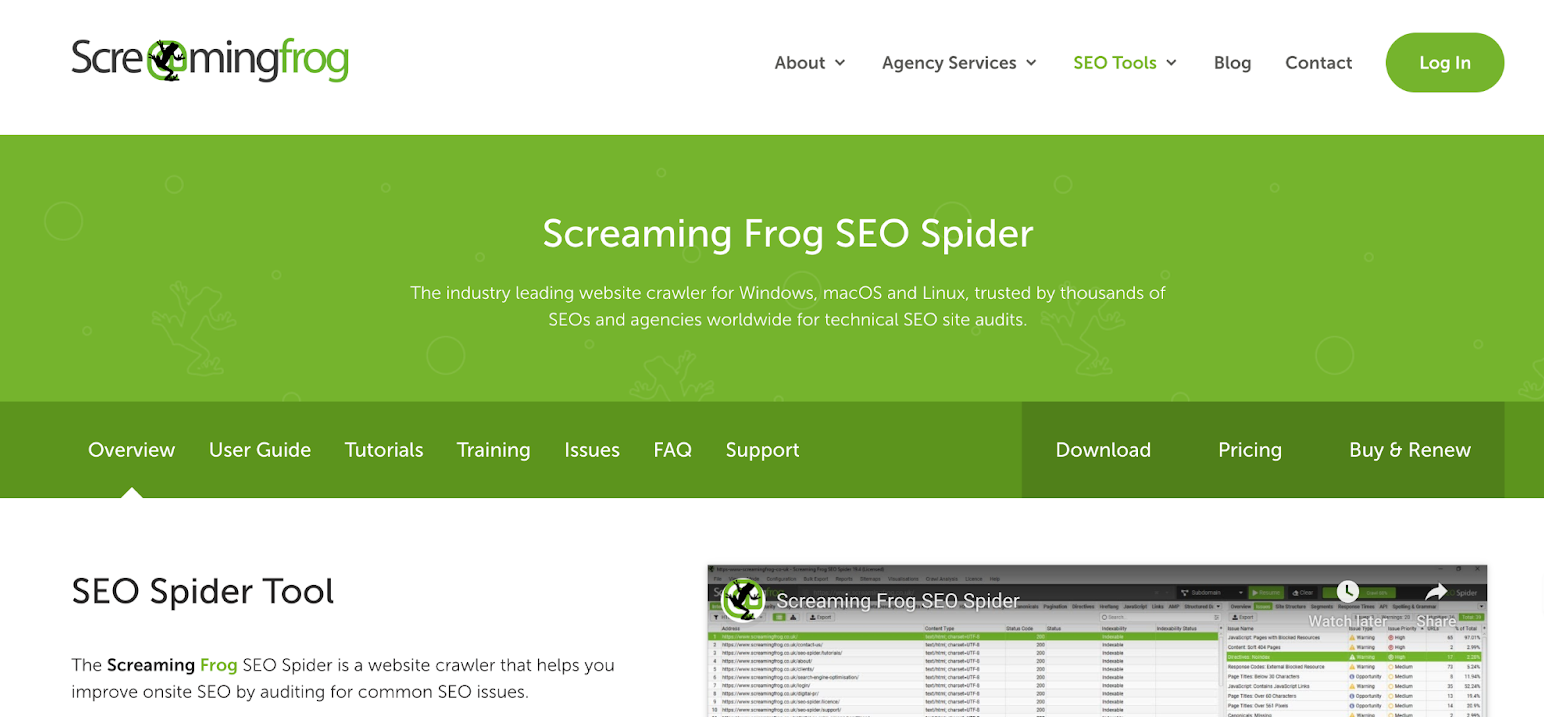
This tool creates an optimized sitemap for your Shopify store, ensuring search engines can index your pages efficiently. It’s simple to set up and improves crawling performance.
Price: $3/month
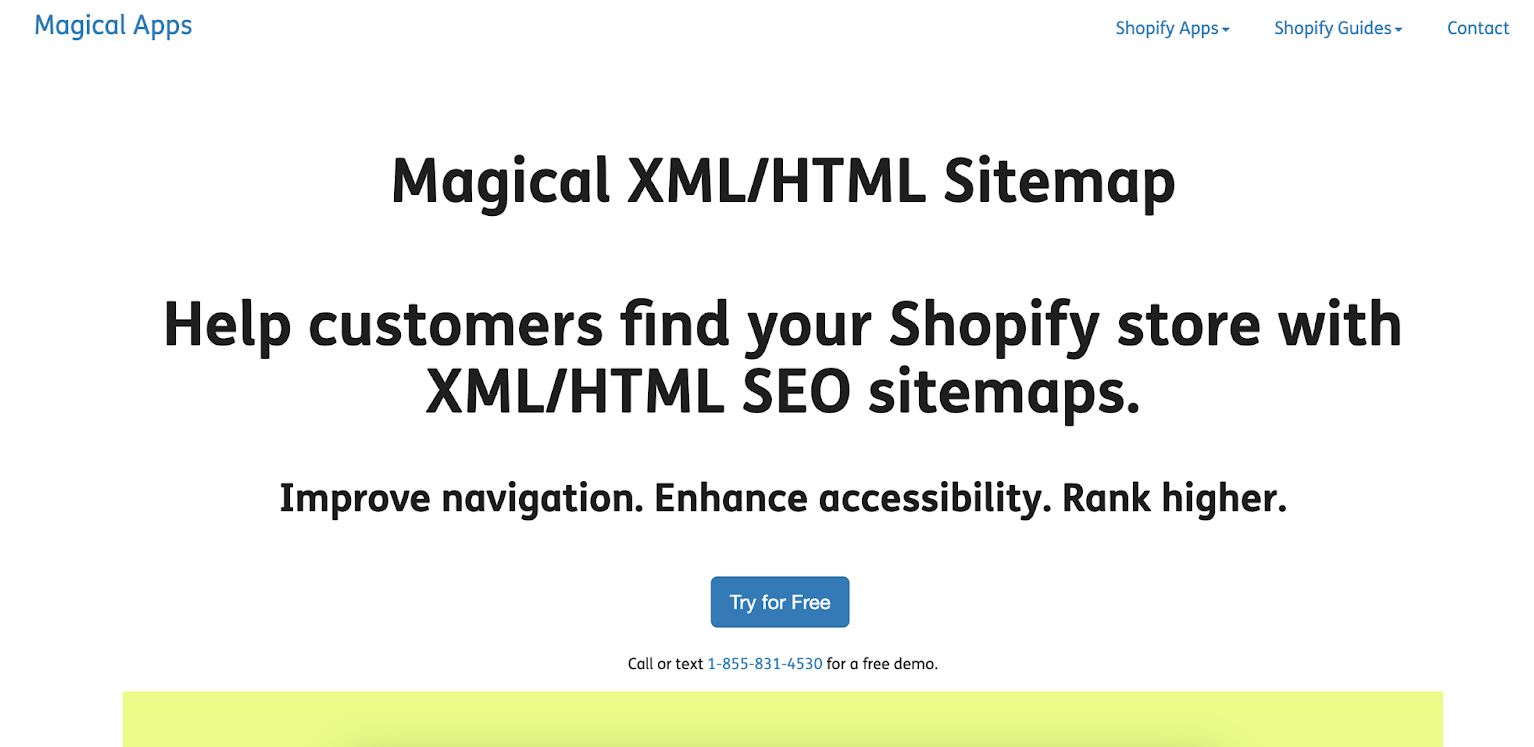
Check out: Best free SEO Chrome extensions
Shopify SEO is essential for helping your fashion store get noticed by search engines and potential customers. By optimizing your site with the right keywords, fast-loading pages, and strong off-page SEO tactics, you can improve your search engine ranking and drive more organic search. With consistent effort, SEO can deliver long-term results that boost your store’s visibility and sales.
To do SEO in Shopify, you need to make your store is easy for search engines to understand. Use relevant keywords in product titles, descriptions, and blogs, optimize image names and alt text, and ensure your site loads quickly and works well on mobile devices.
An ultimate SEO checklist includes:
You can check your Shopify SEO ranking by using tools like Google Search Console, Ahrefs, or SEMrush to see where your store appears in search results. Shopify apps like Plug In SEO also help monitor your rankings.
Yes, SEO is worth it on Shopify because it helps your store get found by more people, leading to higher traffic and sales. Unlike ads, SEO gives long-term benefits without ongoing costs.
What is dropshipping?